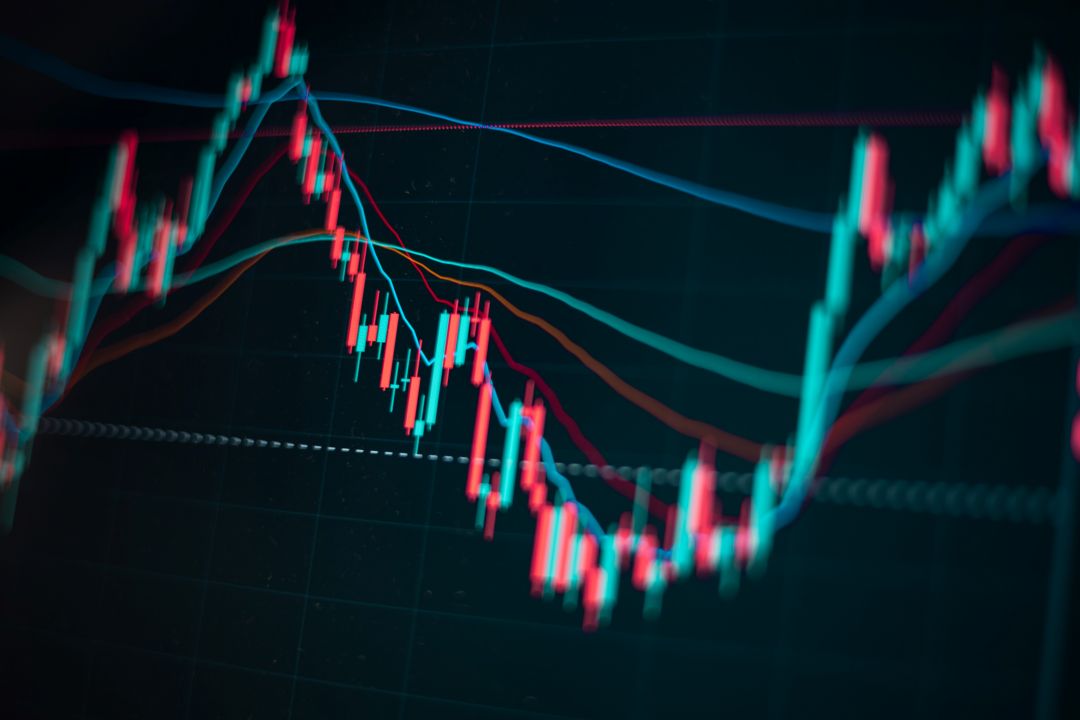
As the industry has grown, it has also become less successful, and some contraction could be just what it needs to get back on track.
How do I know we have reached peak private equity? Because it has become the primary villain of the US economy — responsible for the high cost of everything from housing to health care. Many of the criticisms are unfair, as the presence of private equity investment is often a symptom rather than a cause of a struggling market or business. But the industry has gotten very large in recent years, and with lower returns, higher interest rates and changes in the way many large universities invest, it seems that private equity has peaked.
To which I say: This isn’t necessarily a bad thing. PE serves an important function, but as it has grown it has also become less successful, and some contraction could be just what it needs to get back on track.
In 2003, private equity made up less than 4% of equity markets. Now it’s more than 10%. Assets under management grew exponentially during the 2010s and are now more than $5 trillion. The growth has many explanations: The low-rate environment increased demand for better-yielding assets. Public pension plans needed assets that offered a high and consistent return. Low interest rates also made PE more profitable, because buyout funds depend on leverage. And part of it was just vibes. Pioneering investor David Swensen, who managed Yale’s endowment, made private assets central to his investment strategy because there are some advantages to less liquid assets, and other institutional endowments followed suit.
Continue reading the entire piece here at Bloomberg Opinion (paywall)
___________________
Allison Schrager is a senior fellow at the Manhattan Institute and a contributing editor of City Journal.
Photo by Jackyenjoyphotography/Getty Images

















